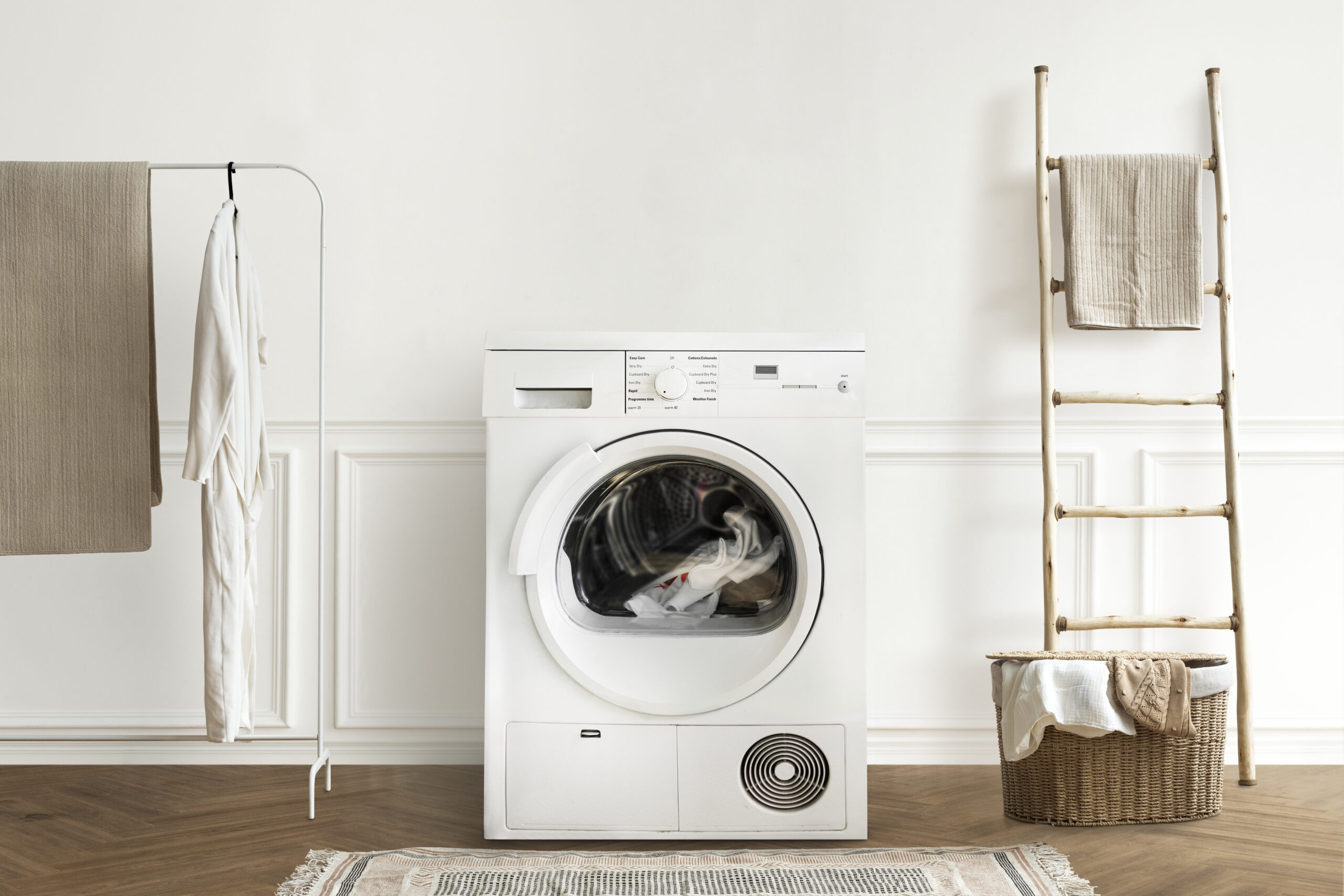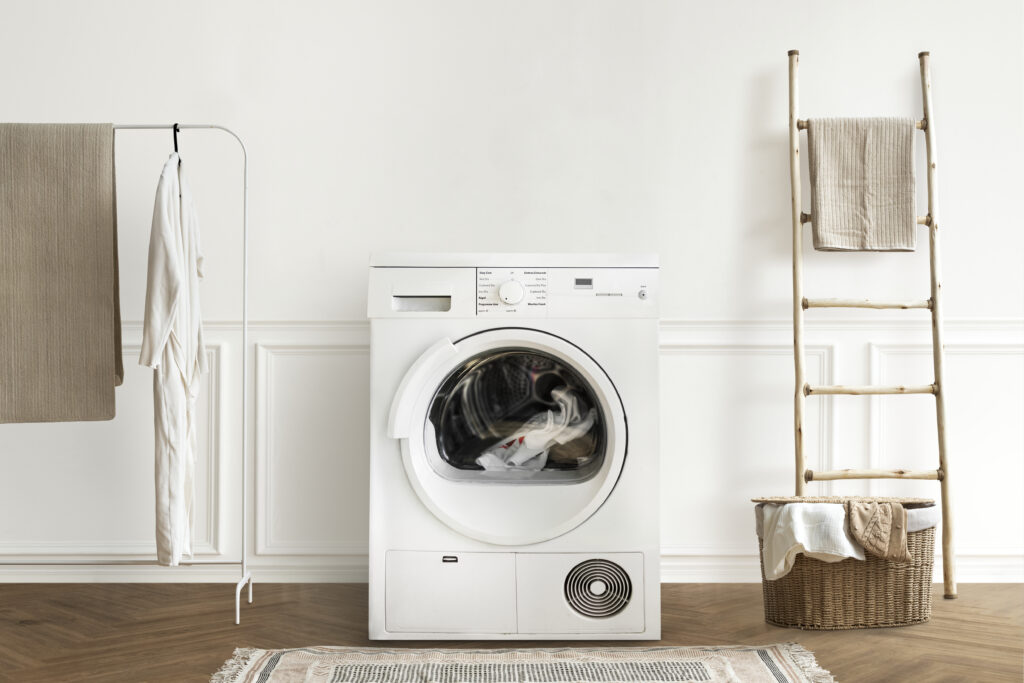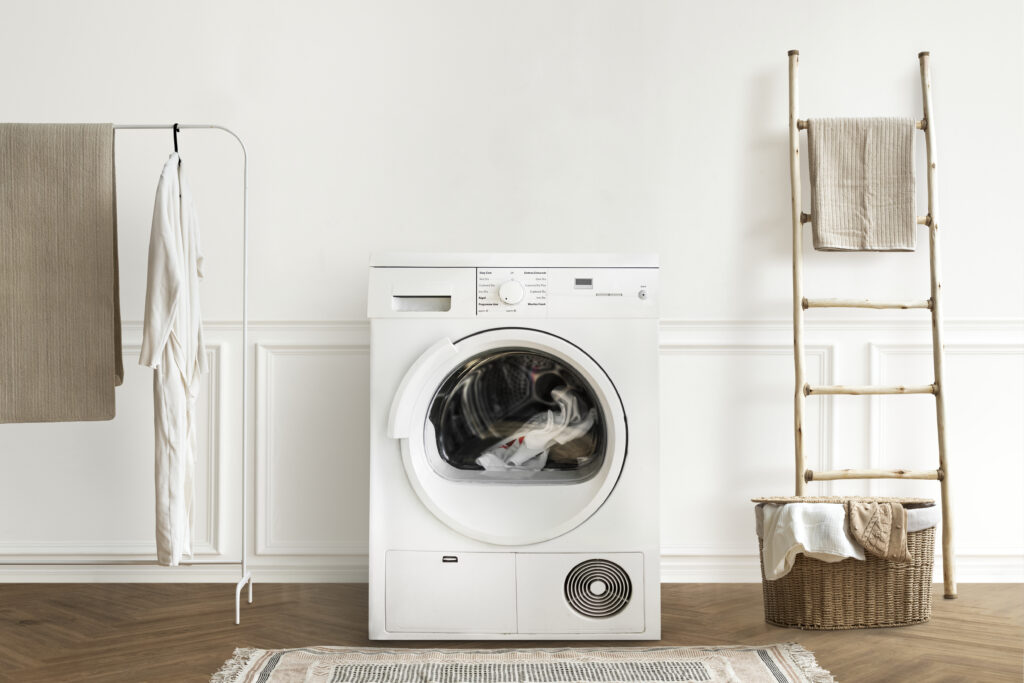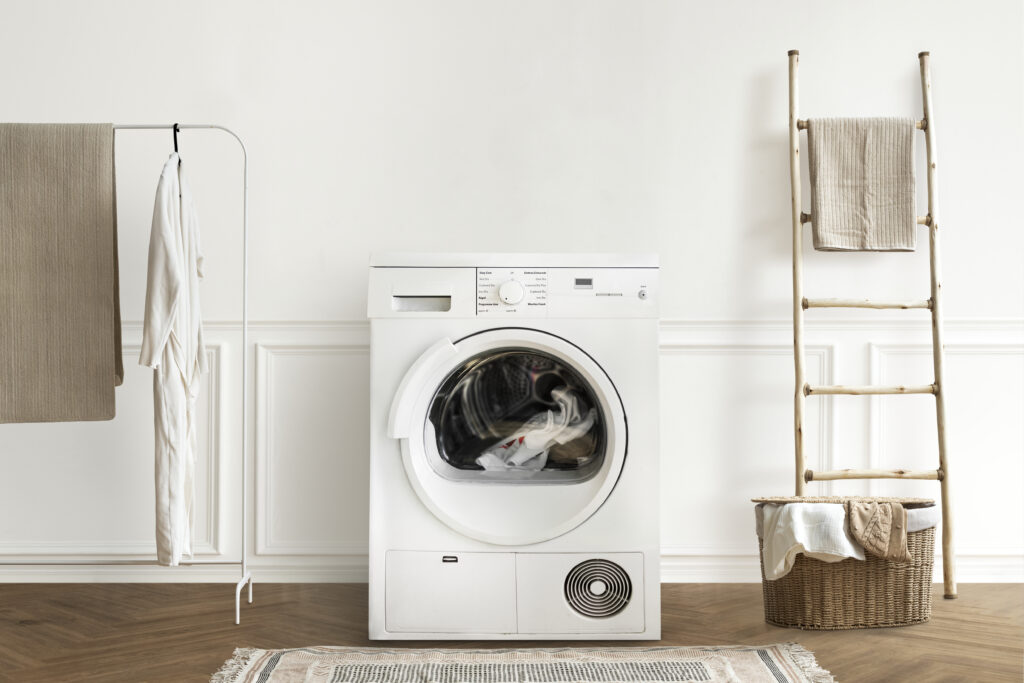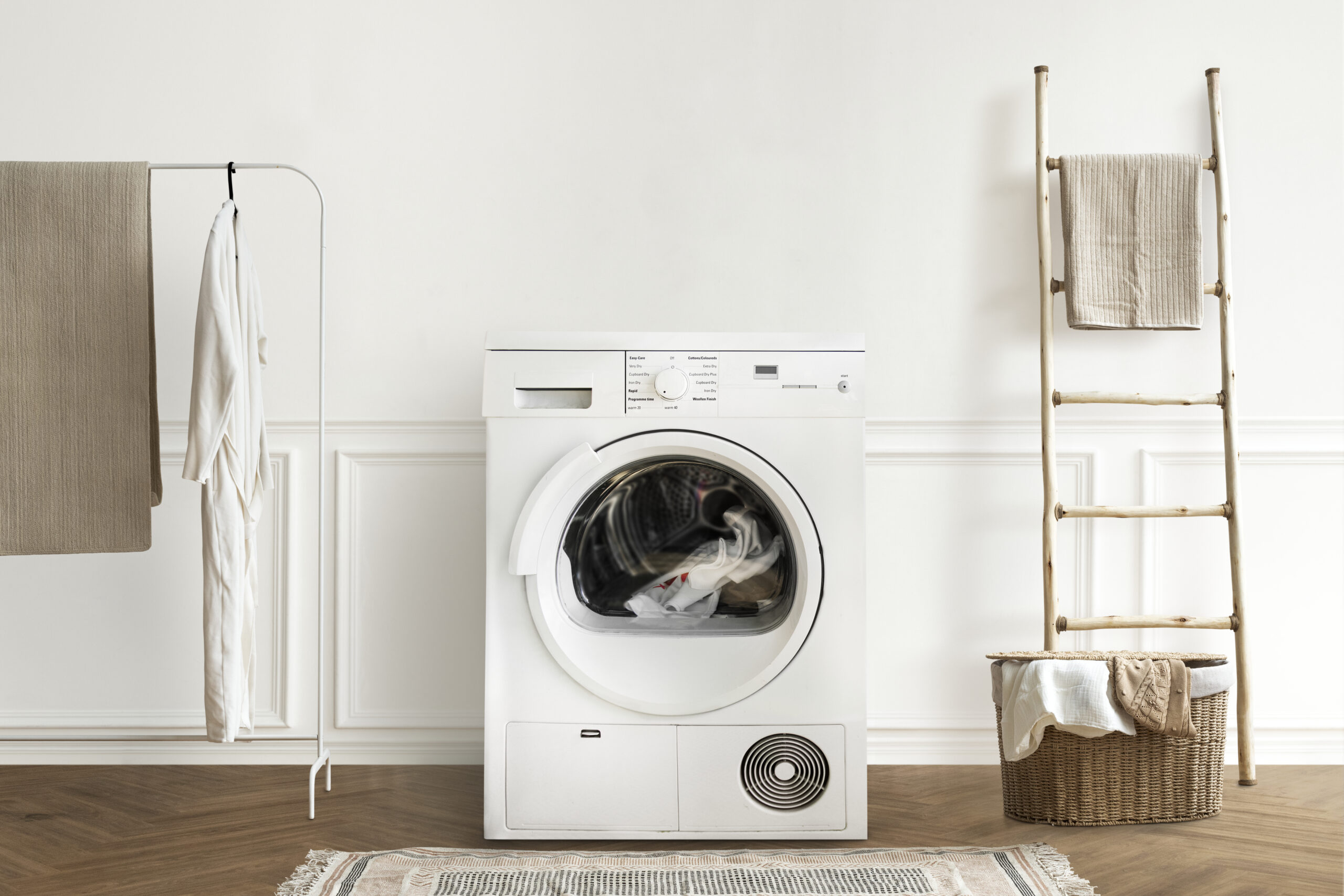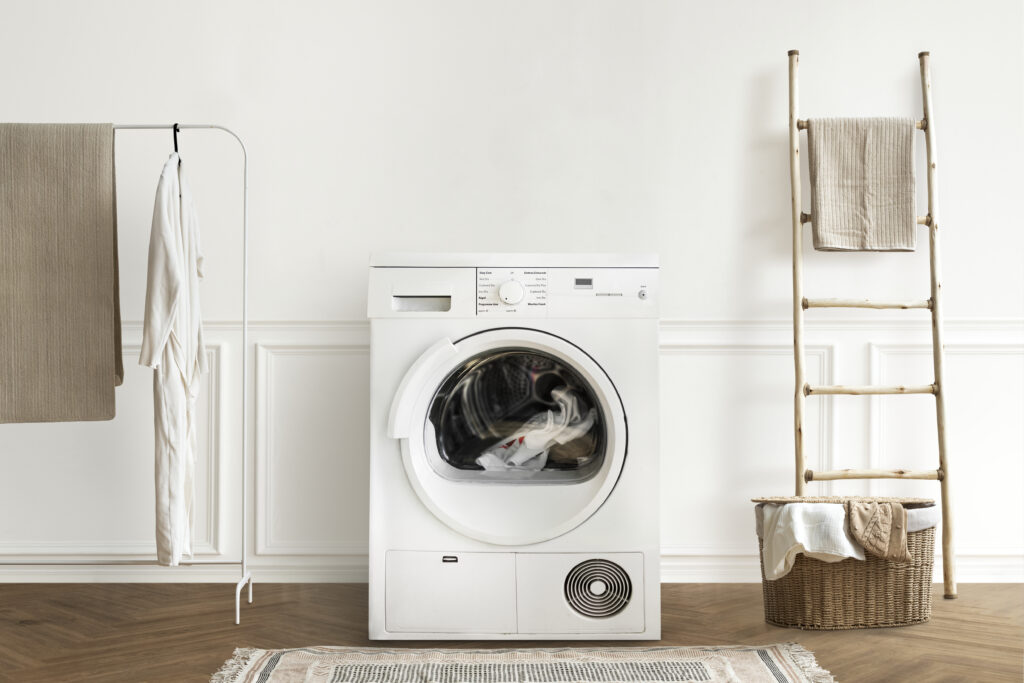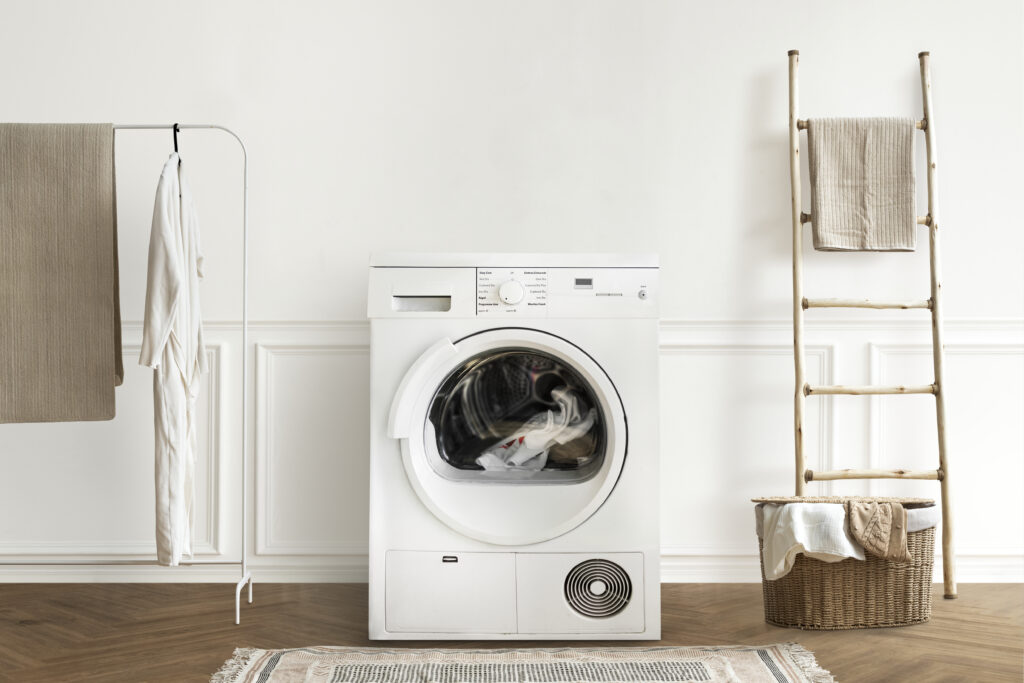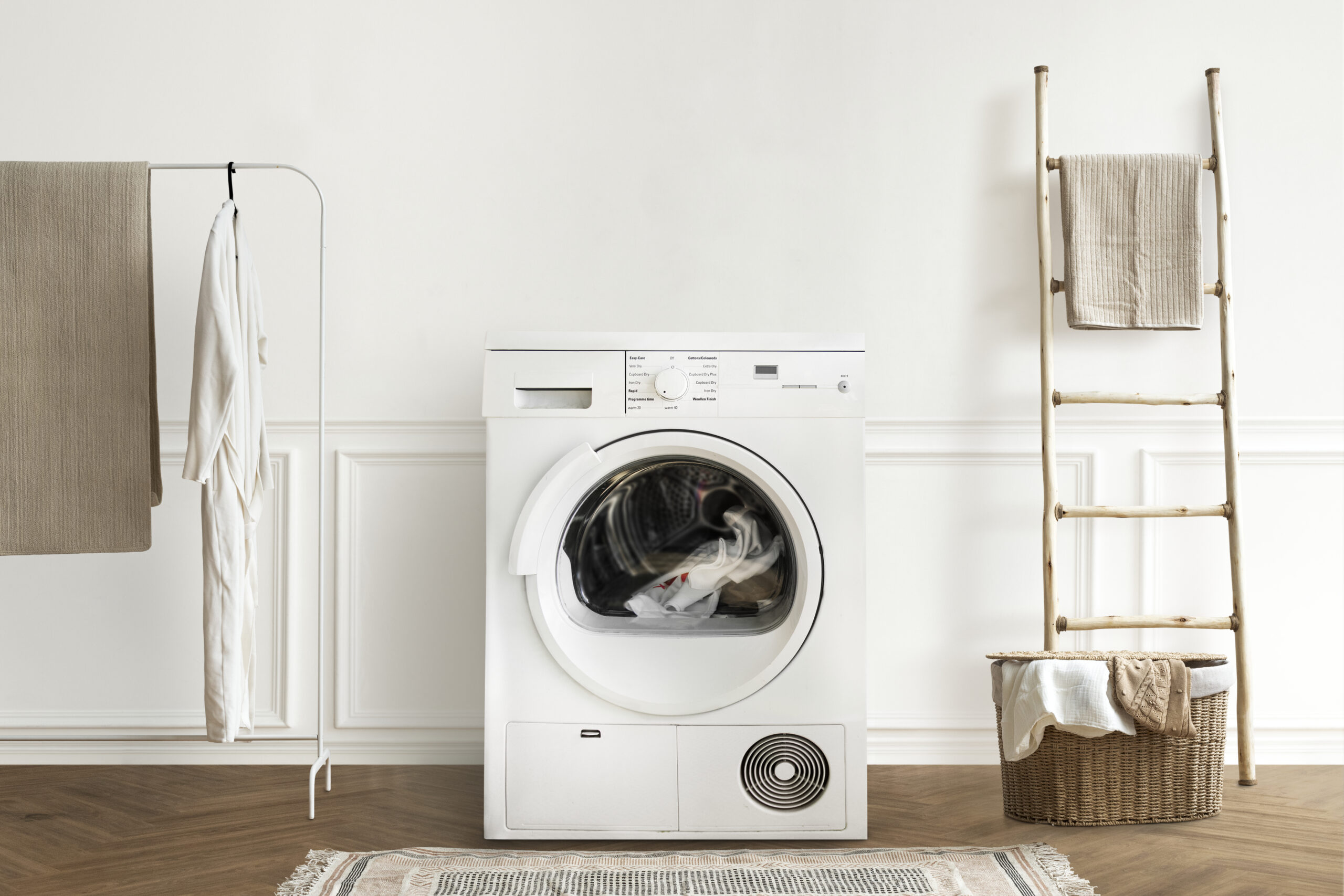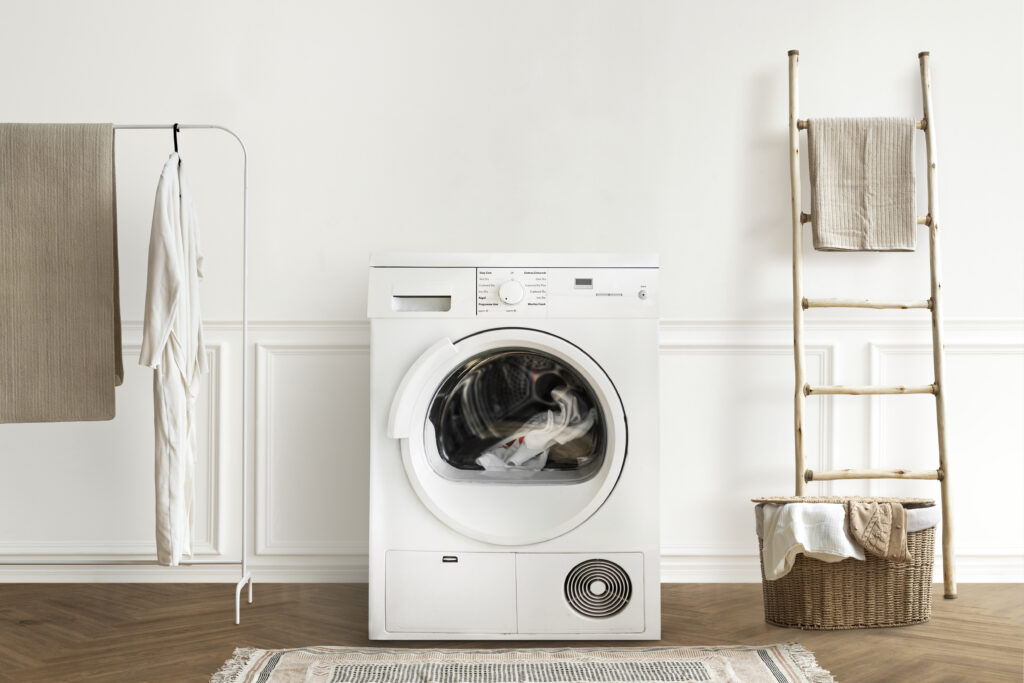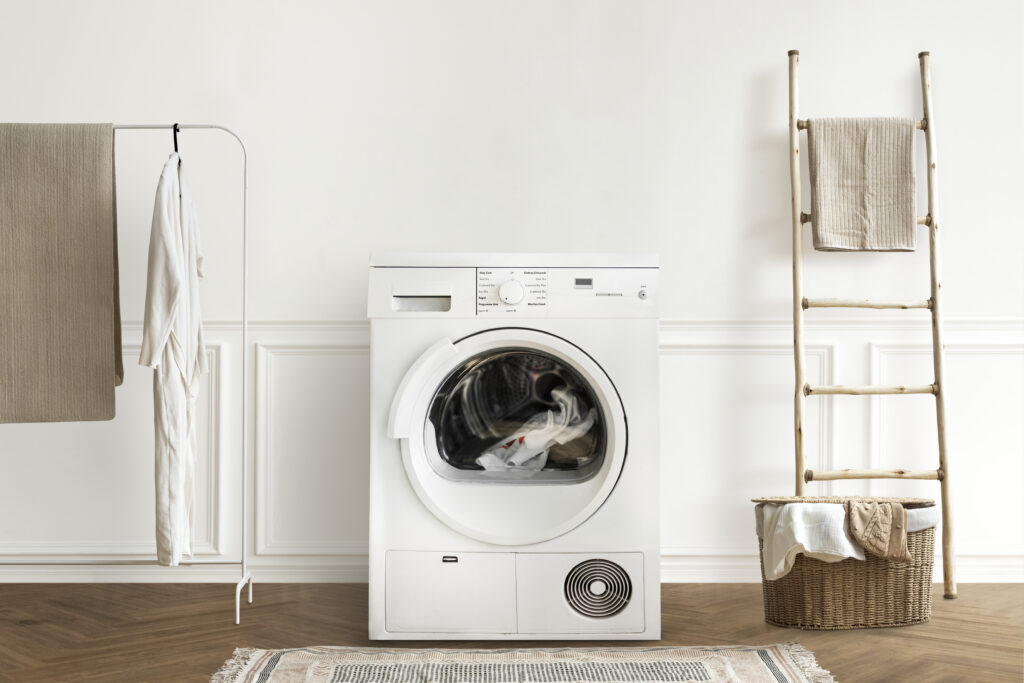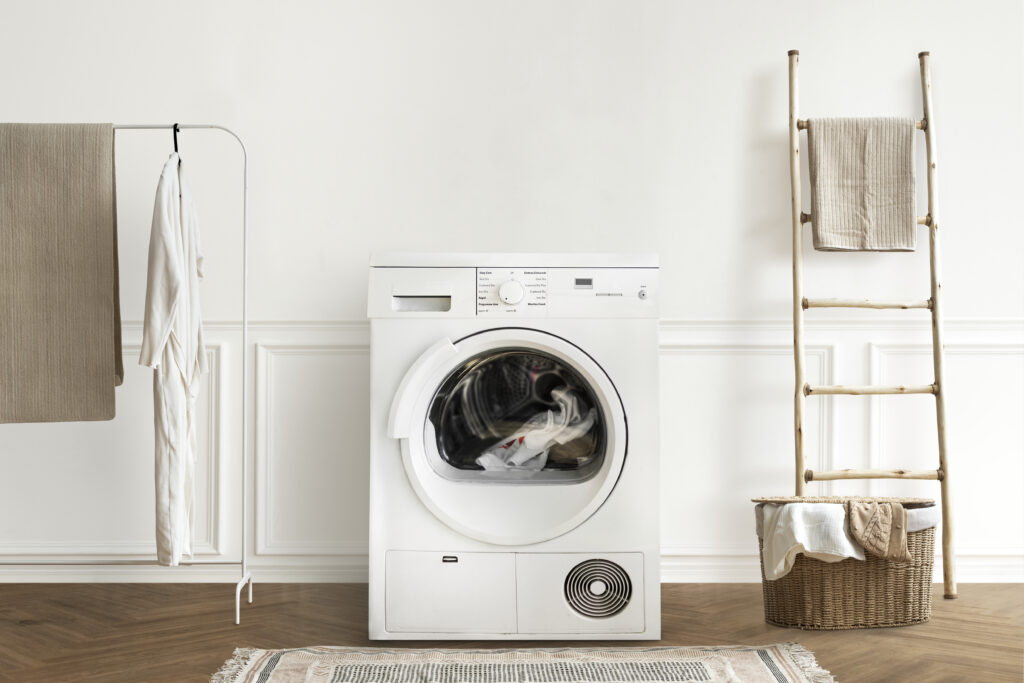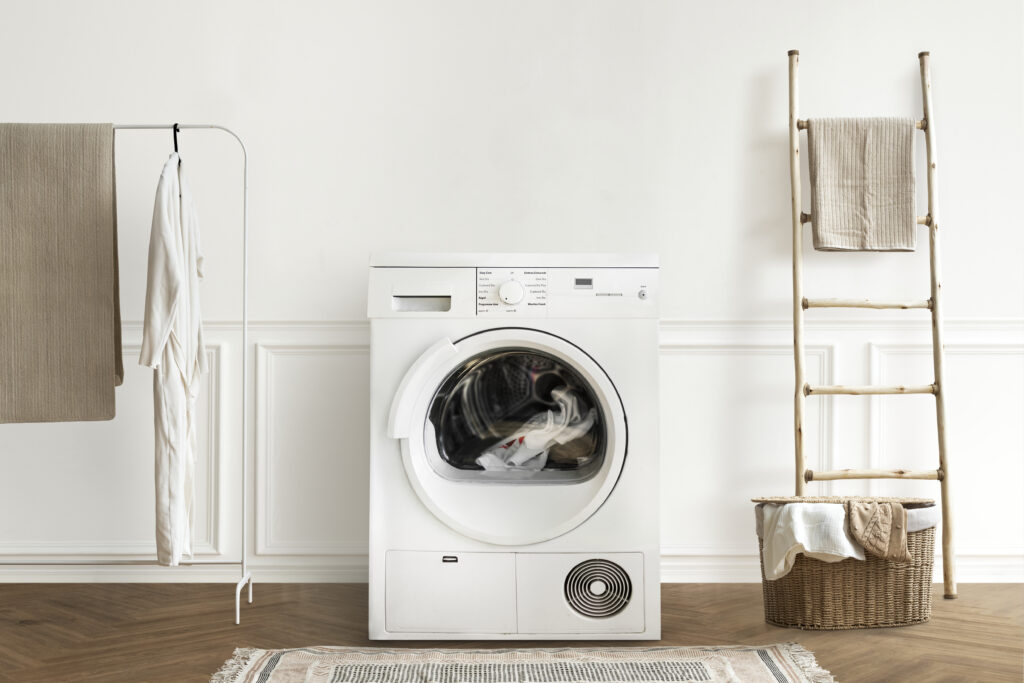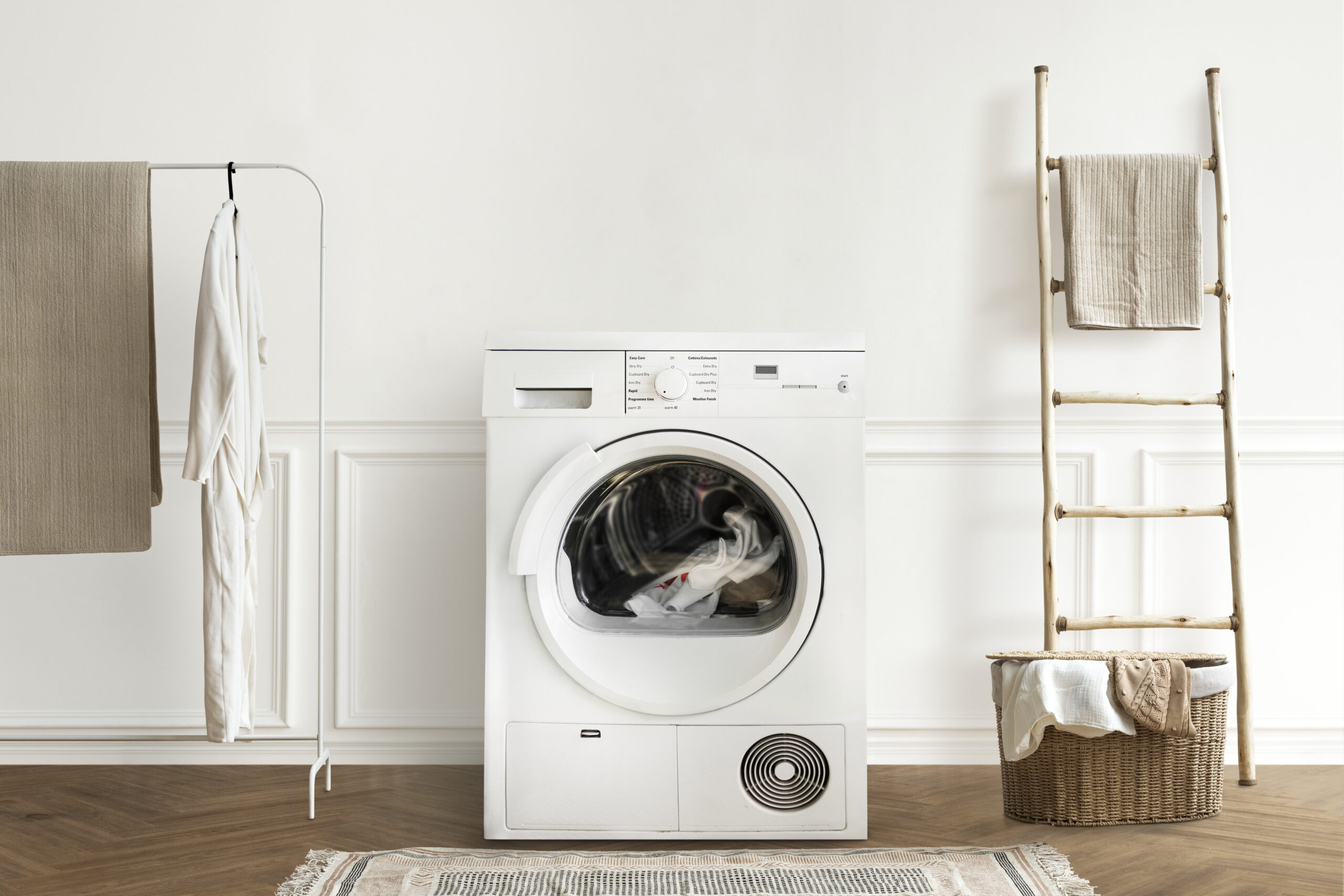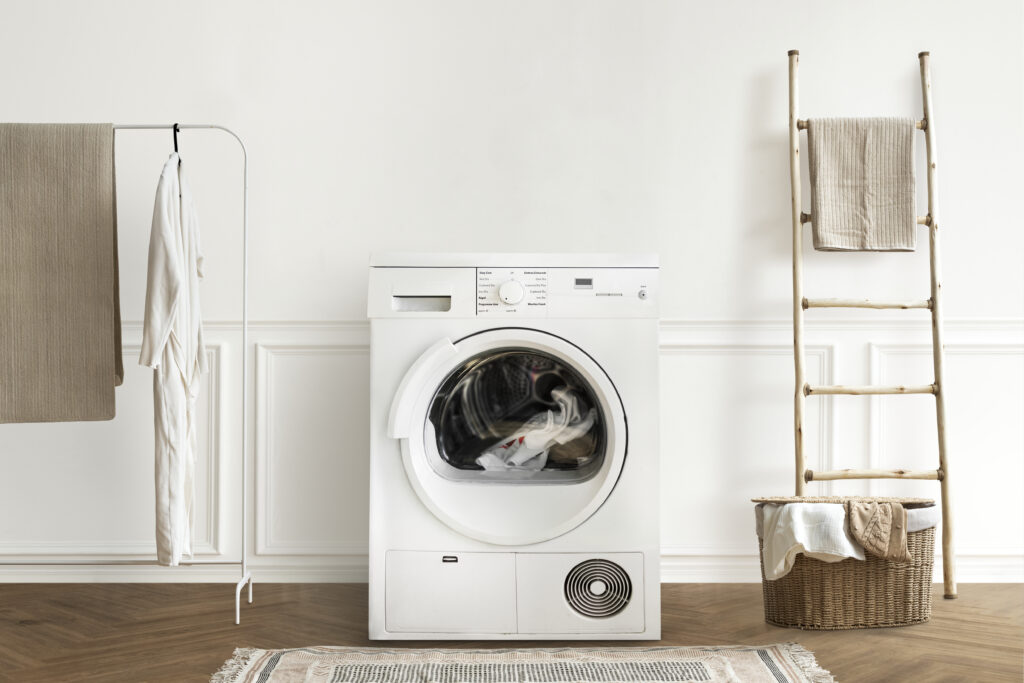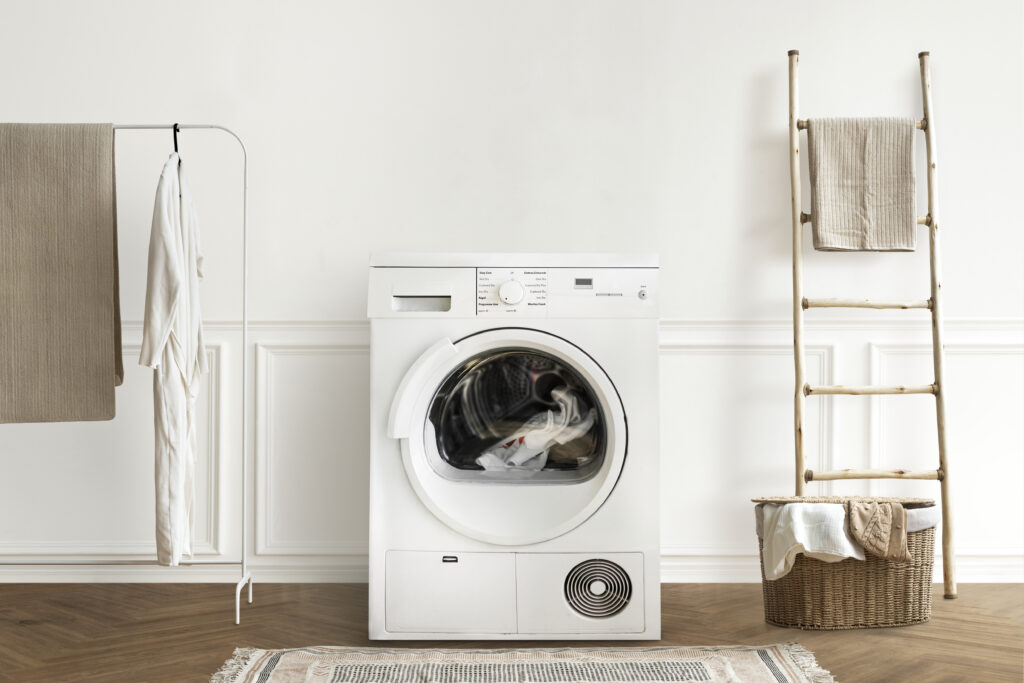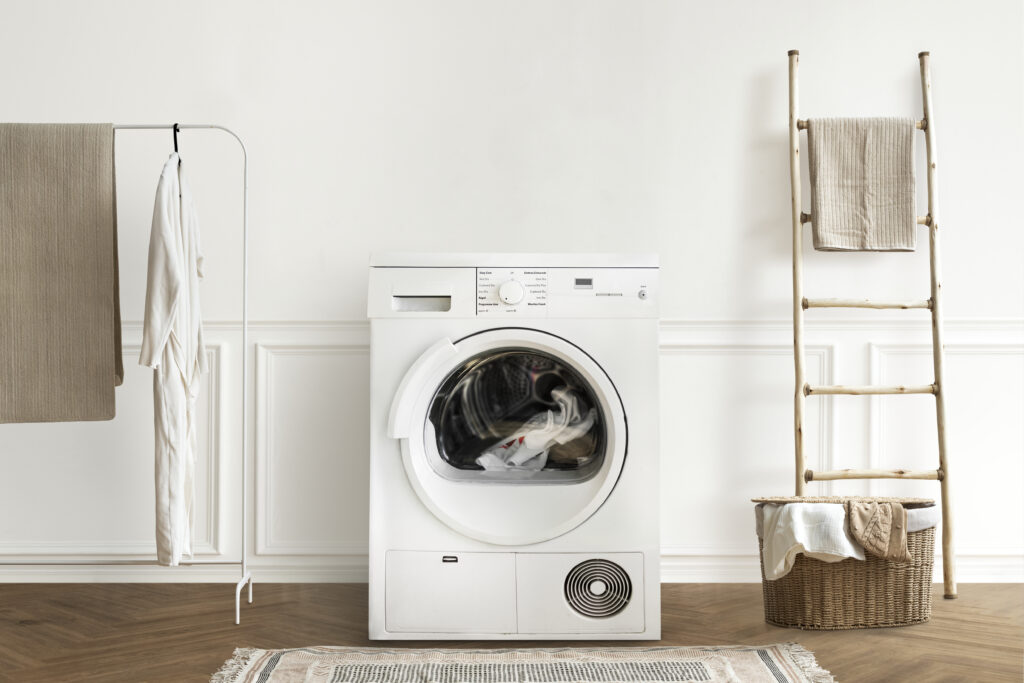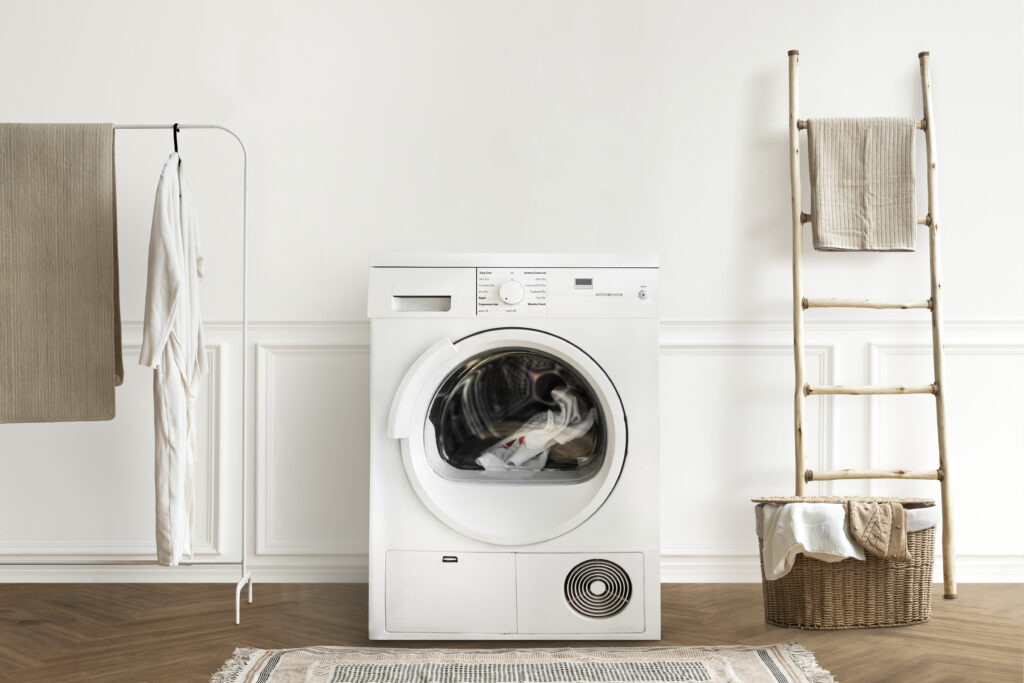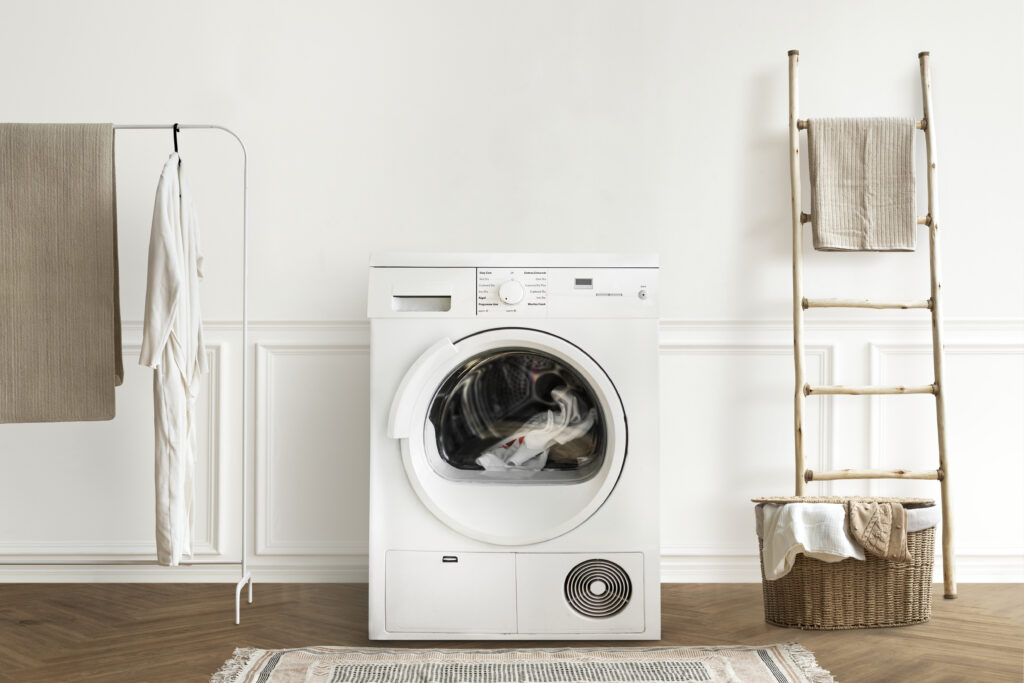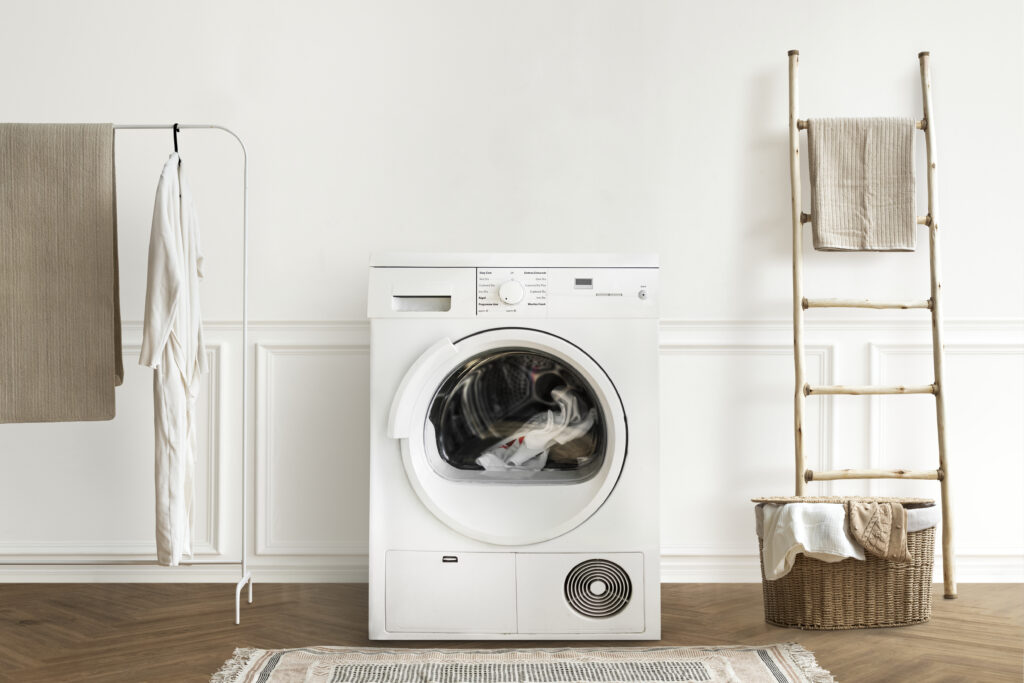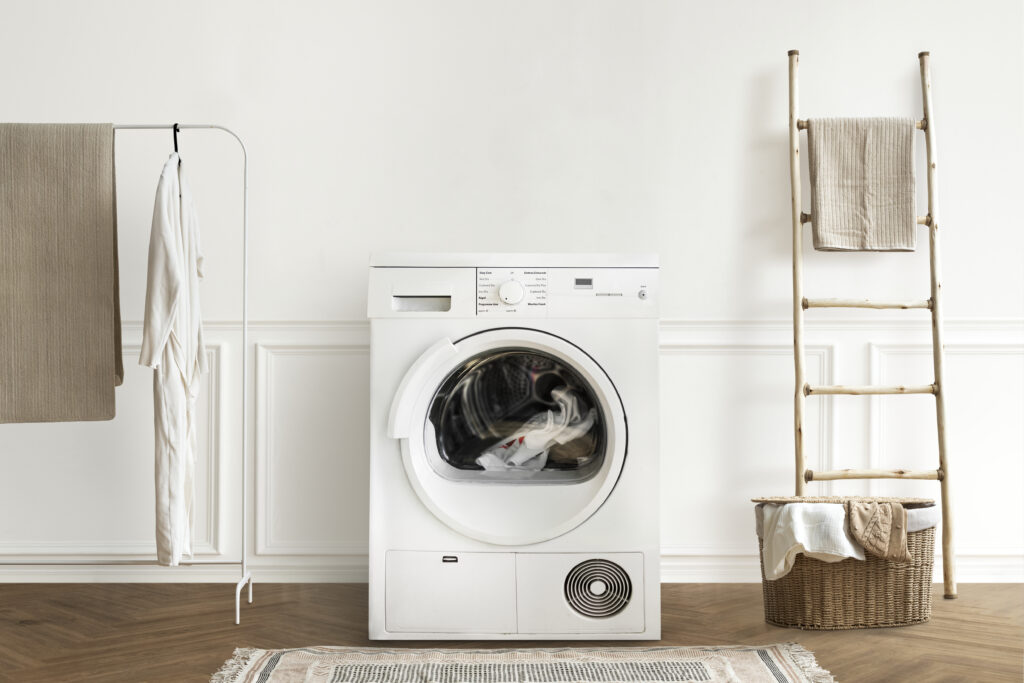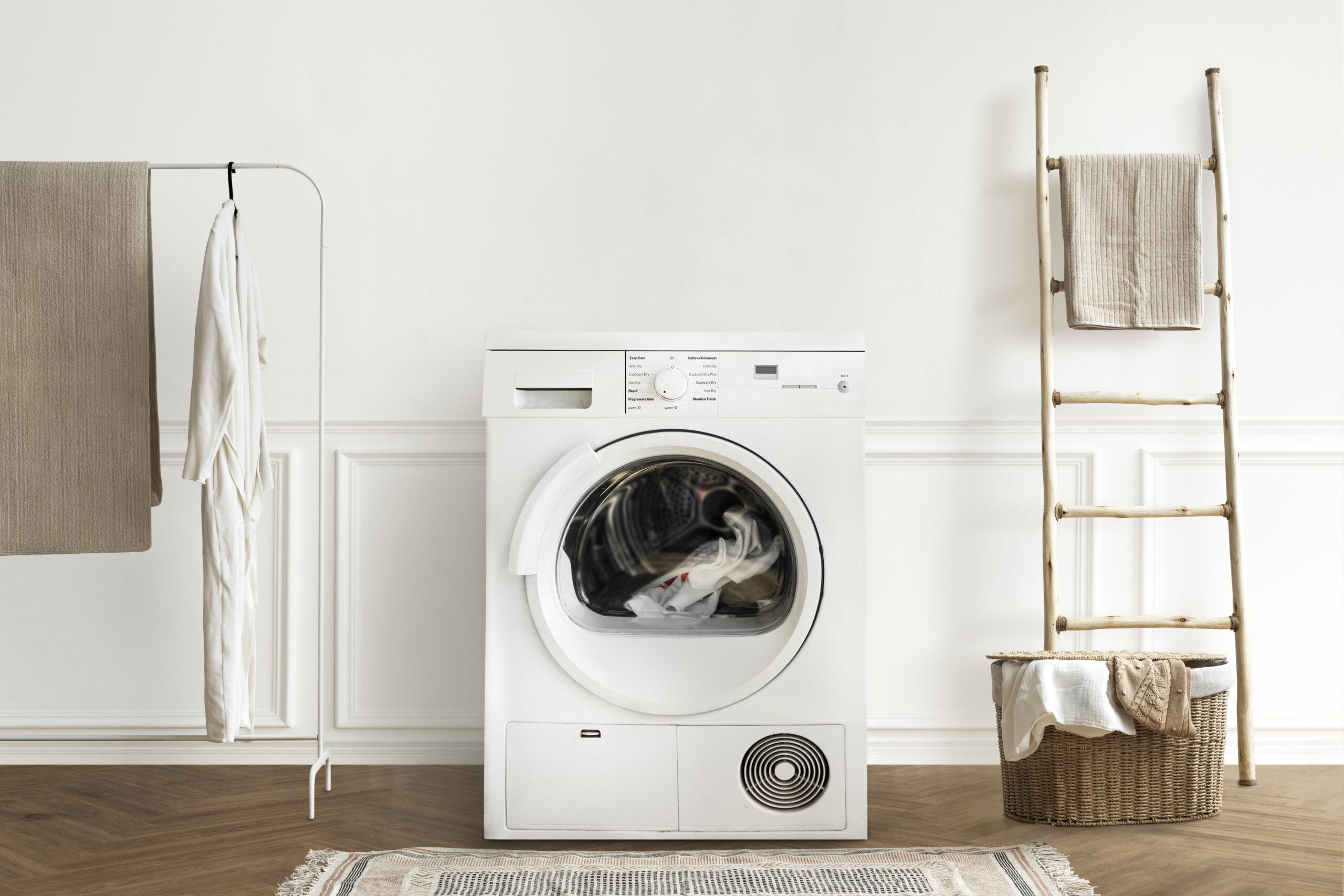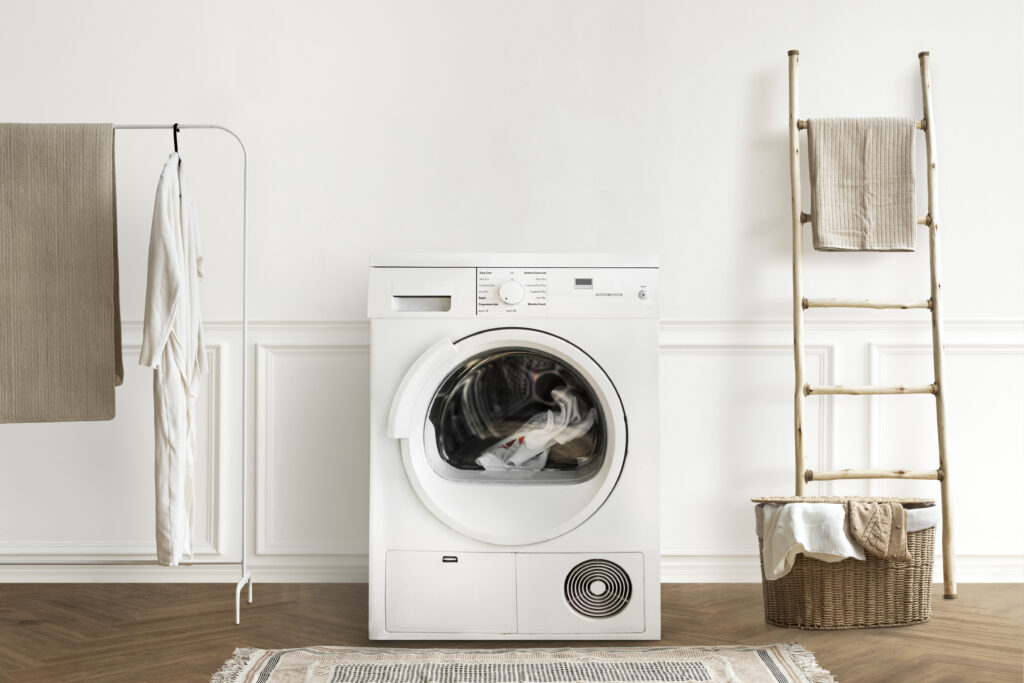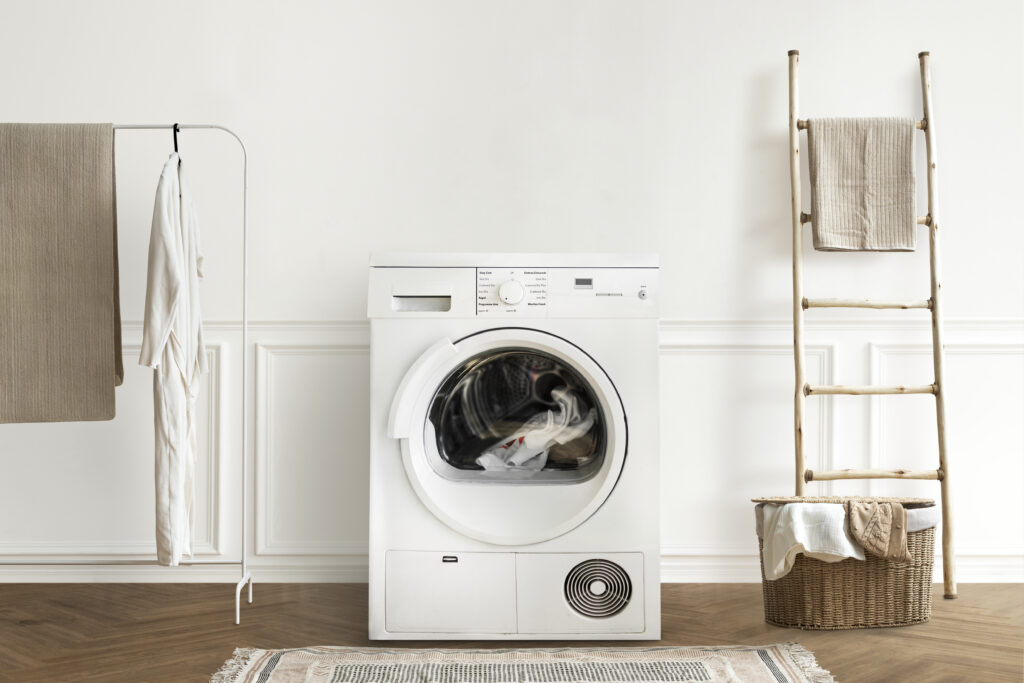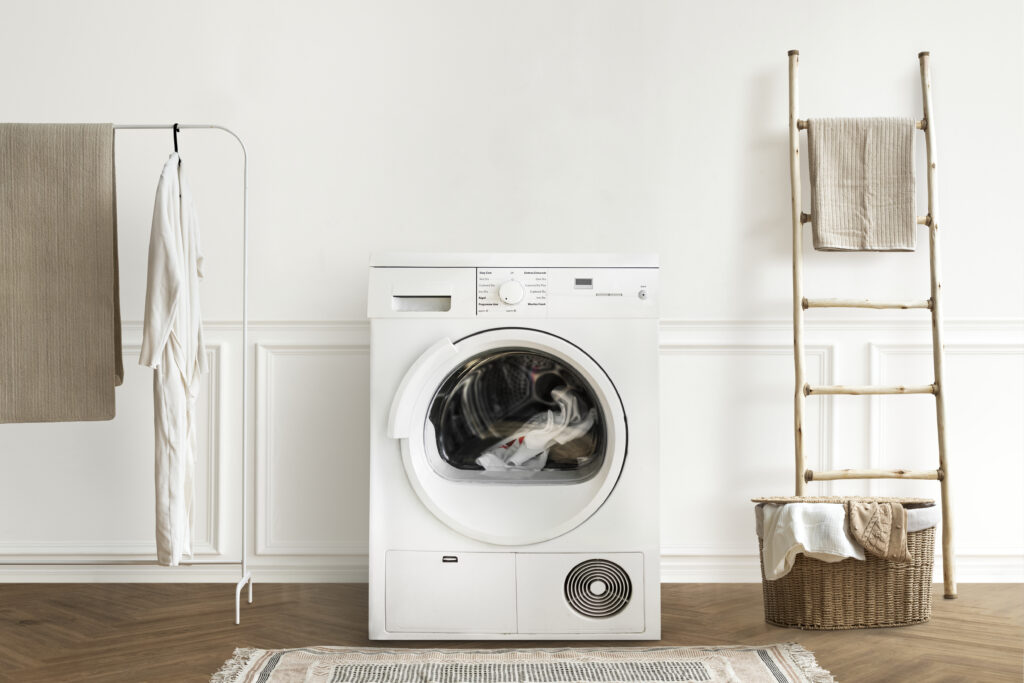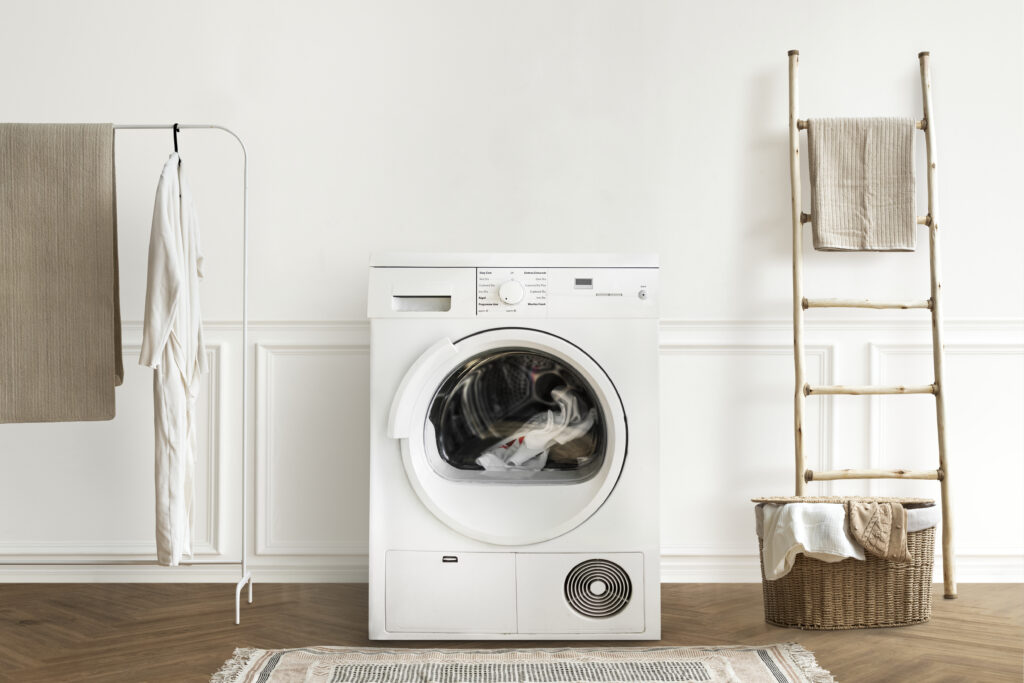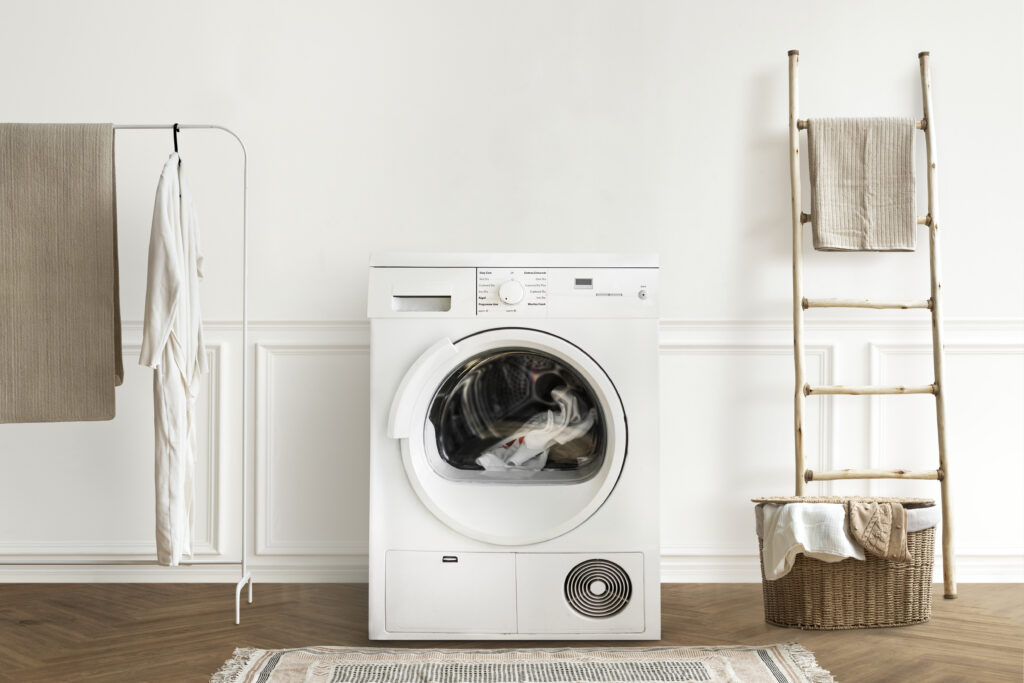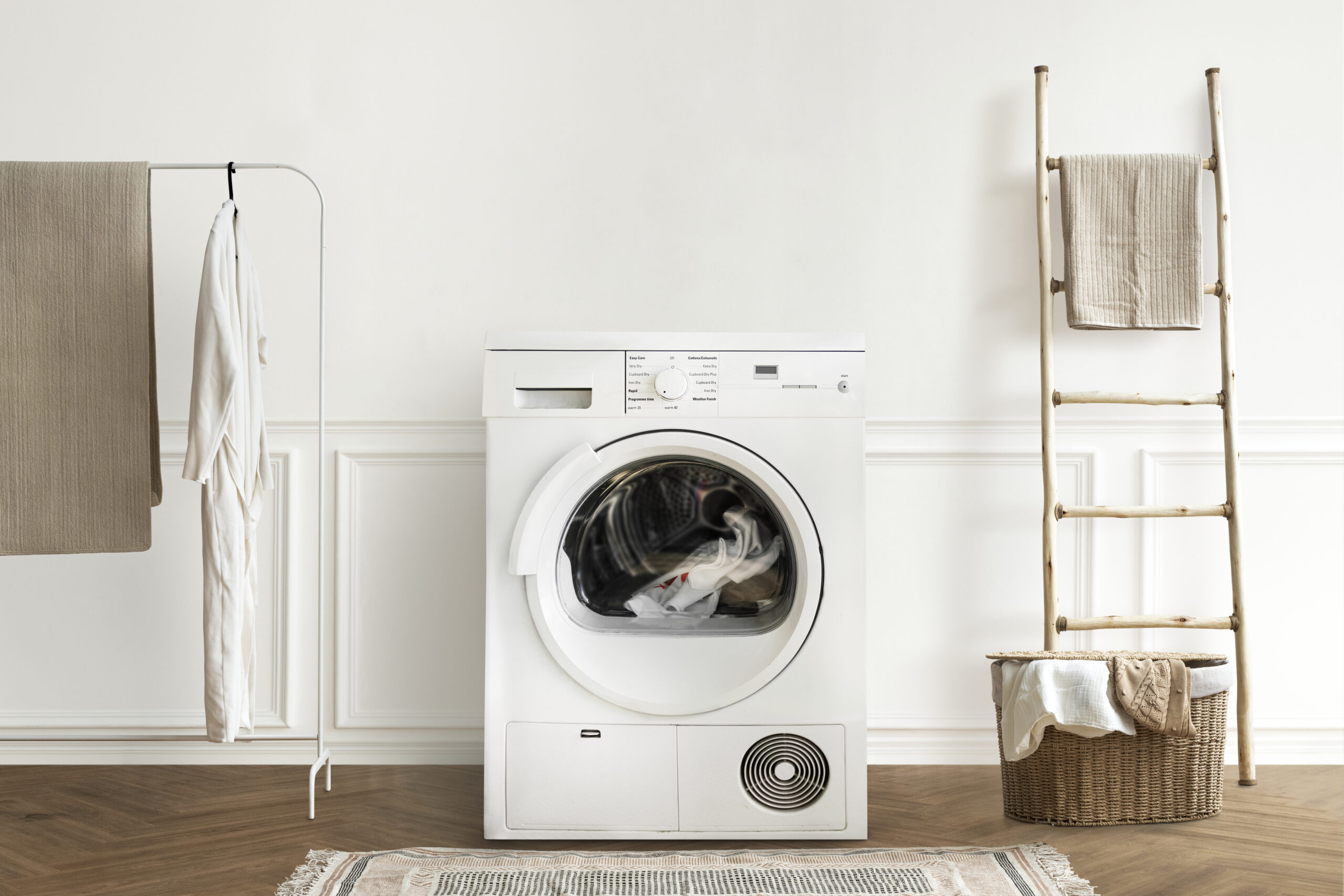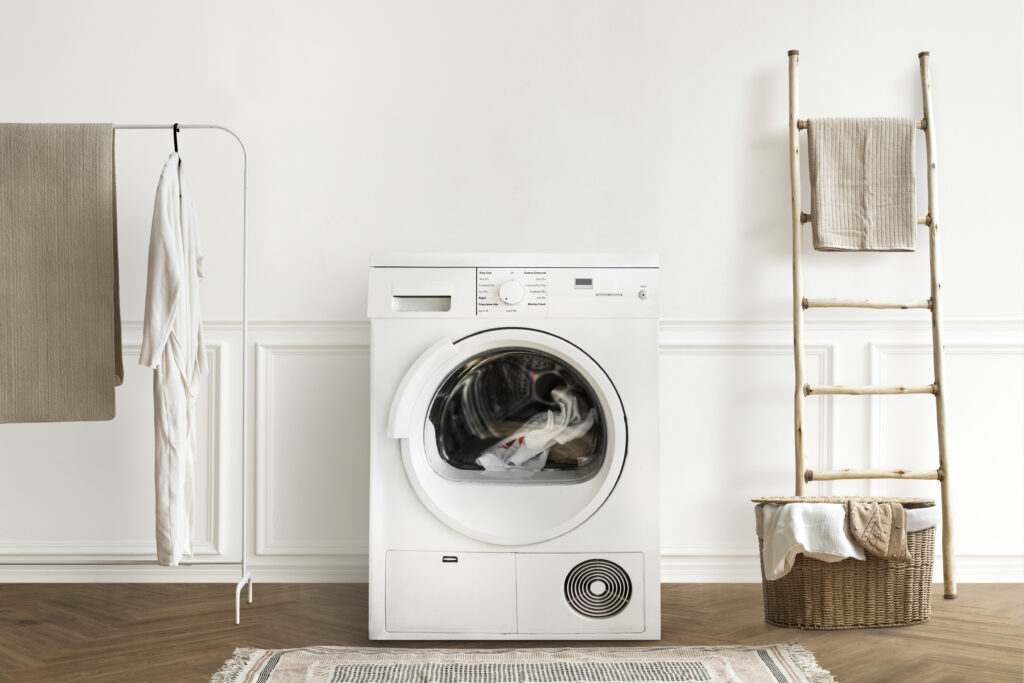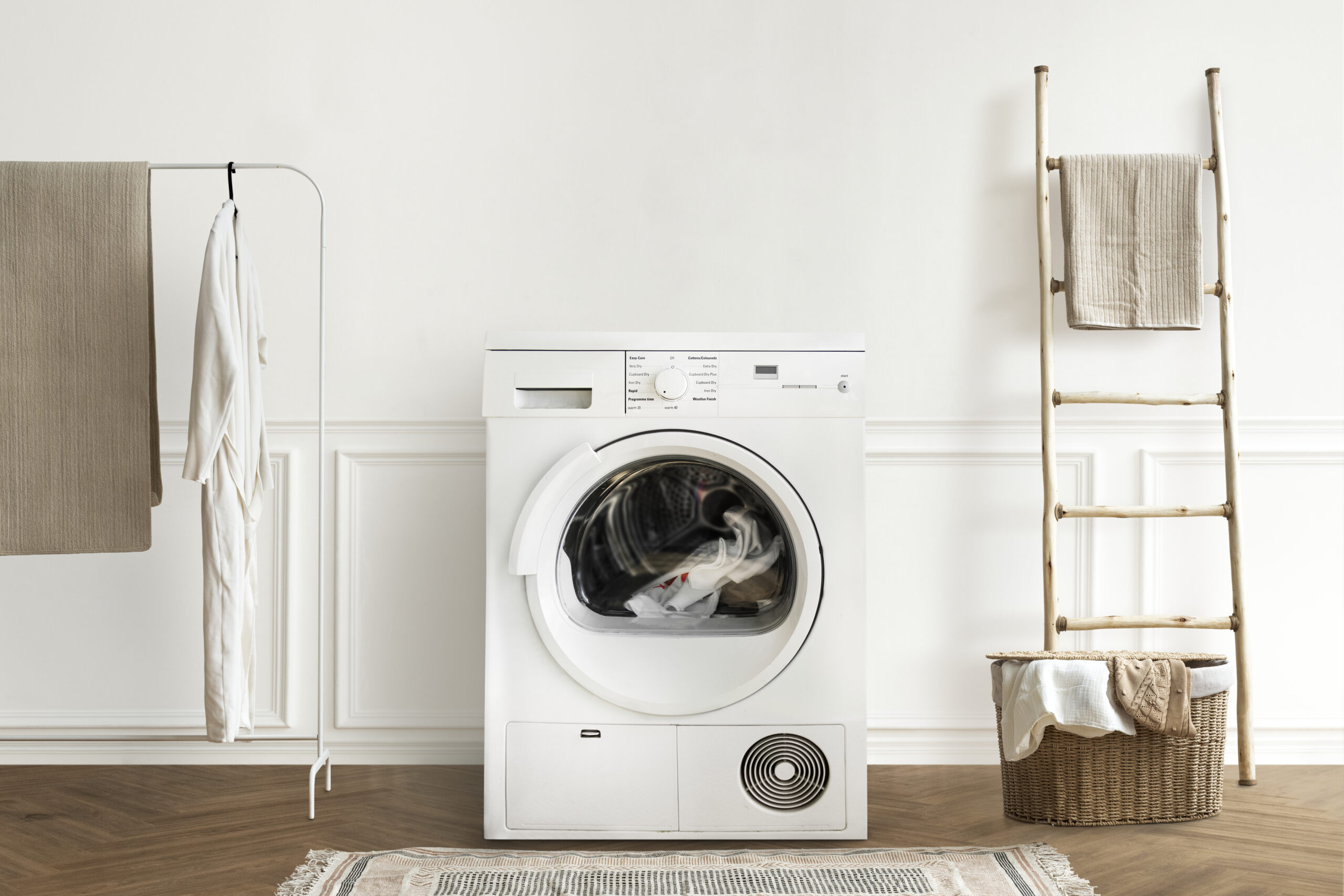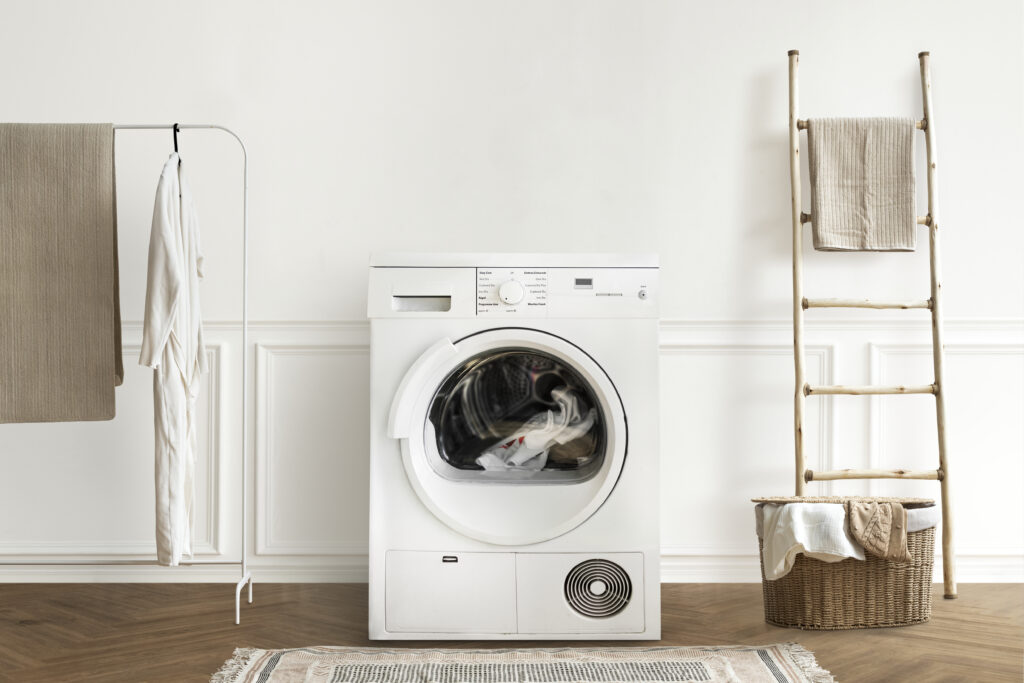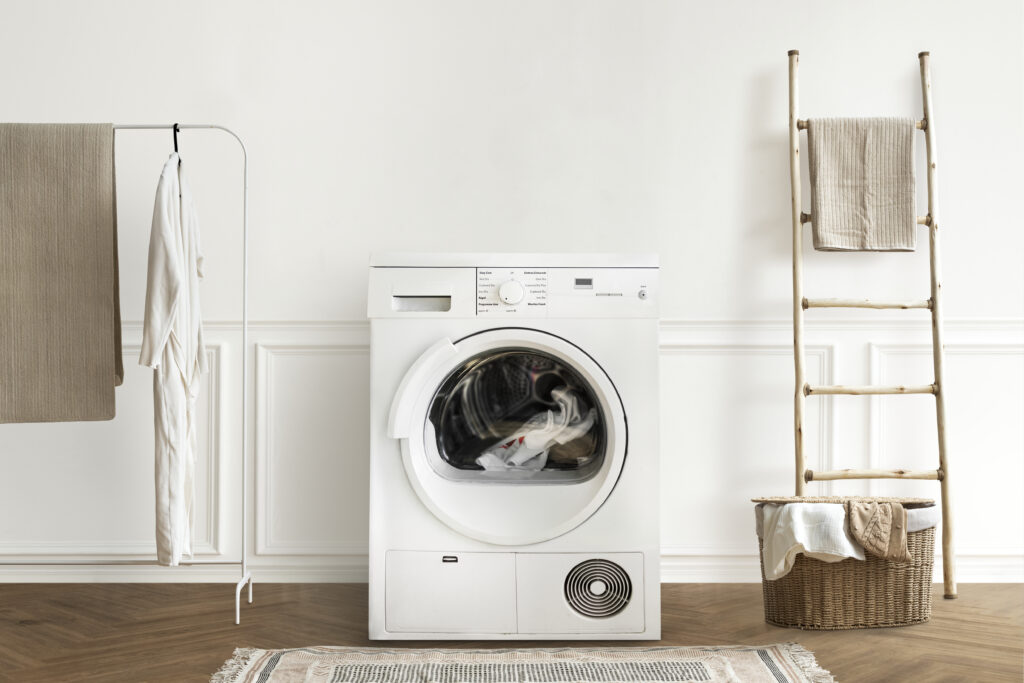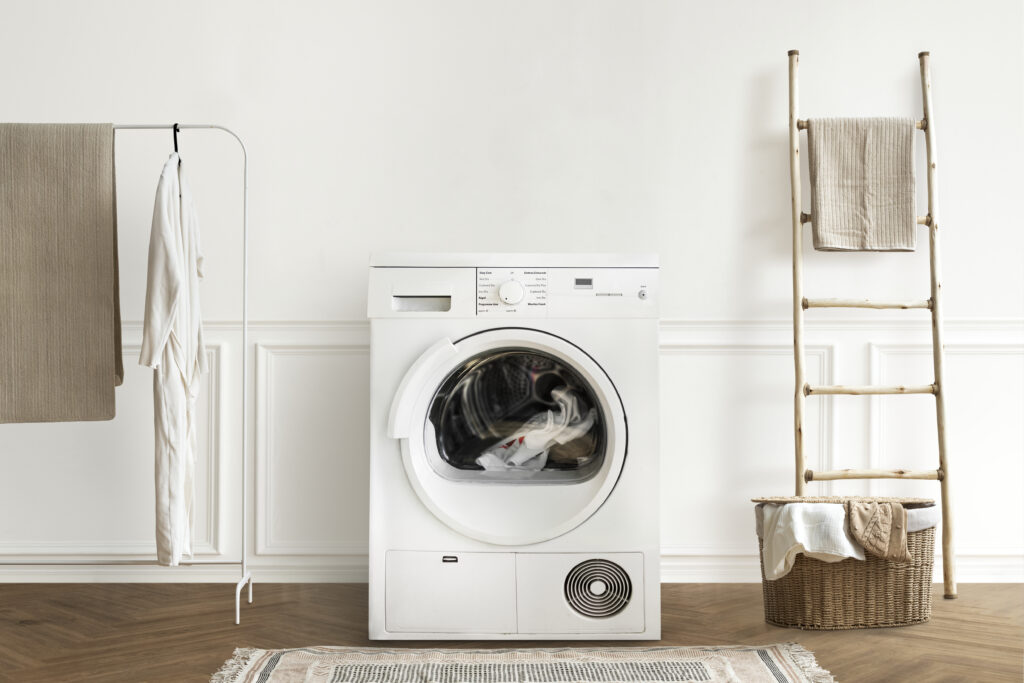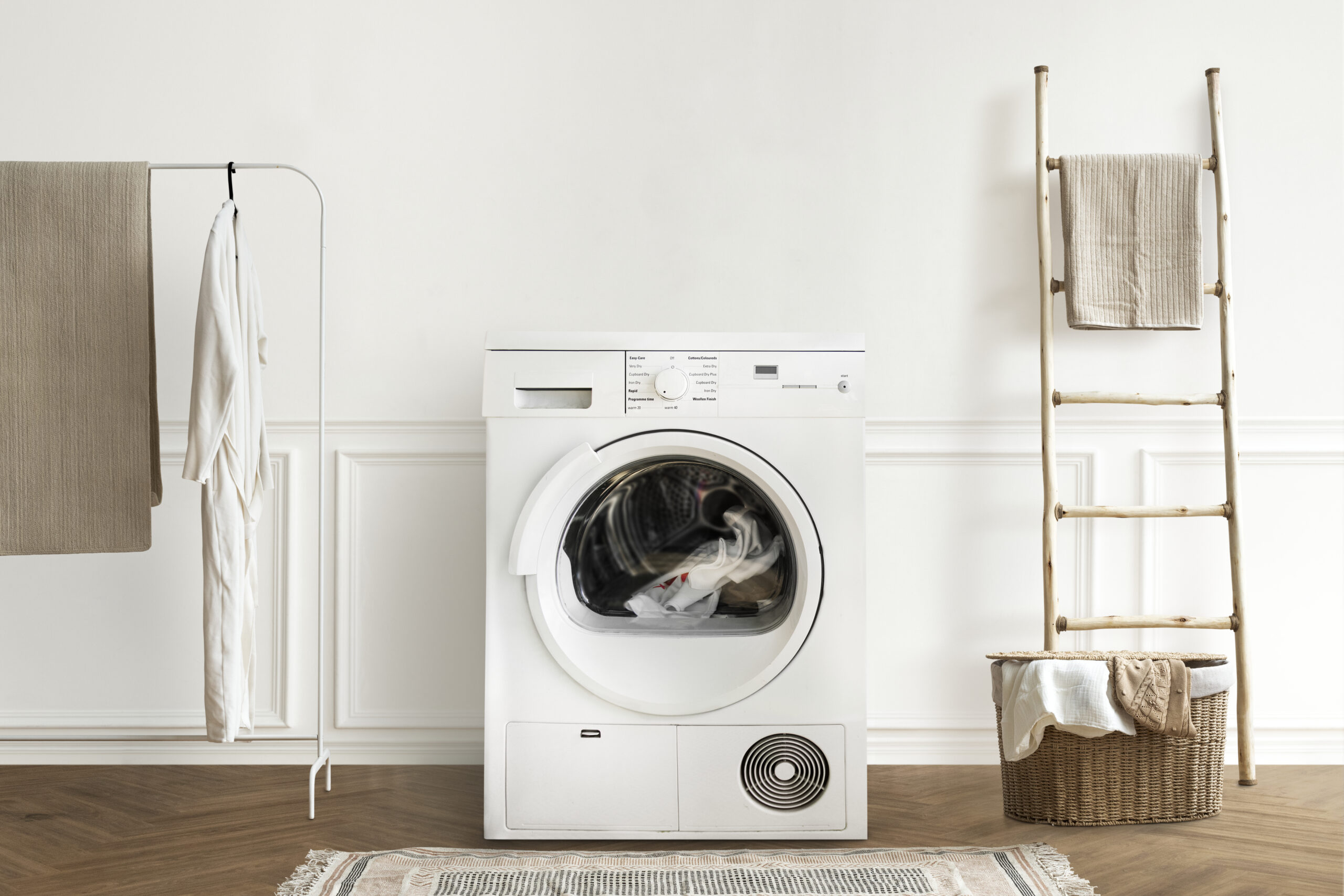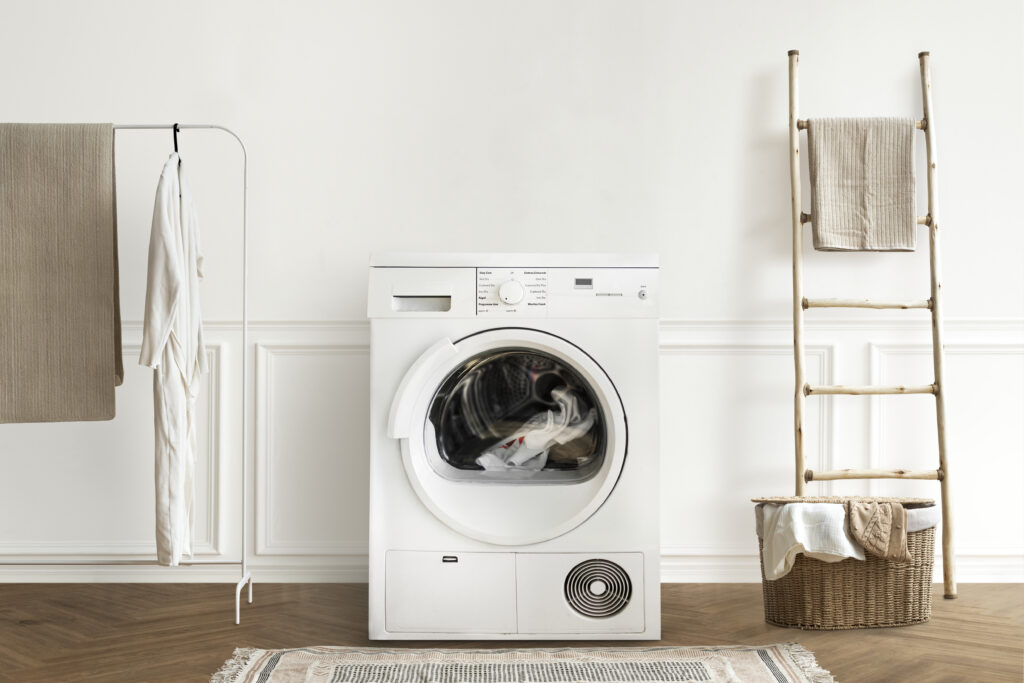Every inch of space matters if you live in a small apartment. The idea is to maximize functionality without packing your house with small kitchen appliances and foldable furniture. A big, heavy washer isn’t an option when it comes to laundry. Fortunately, manufacturers of washing machines have realized this demand and produced small, strong, and effective models that are ideal for apartments.
The top ten washing machines for small apartments in 2025 will be discussed in this blog post; they will have cutting-edge technology, compact designs, and outstanding performance. There is something here for every small space, whether you’re searching for a portable model, a stackable unit, or an all-in-one washer and dryer combo.
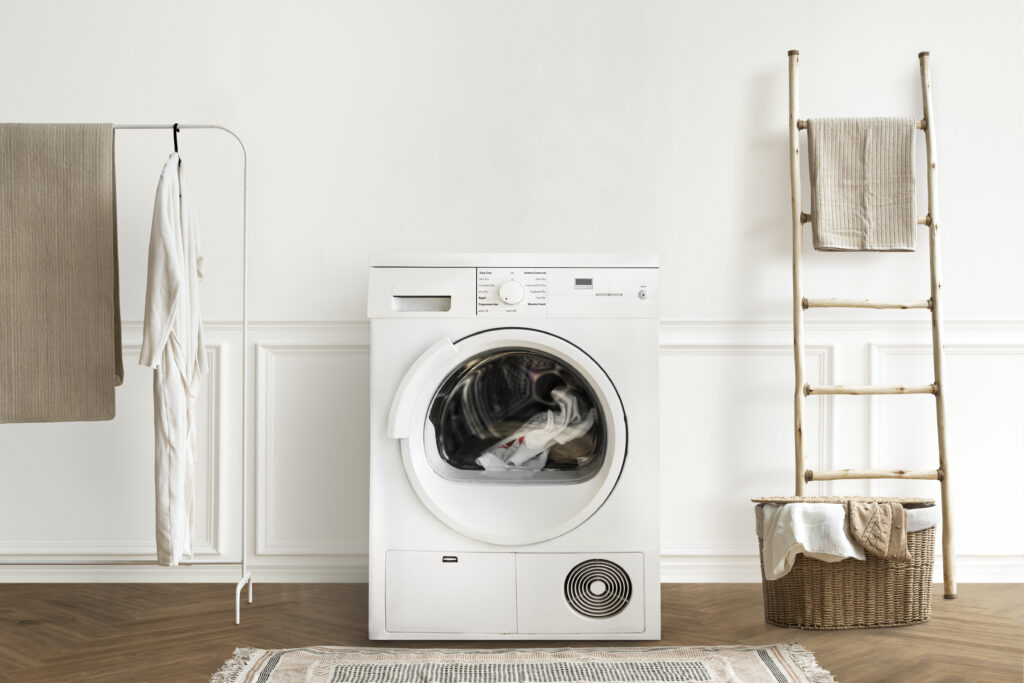
Why Should Your Apartment Have a Compact Washing Machine?
Before we dive into the list, let’s quickly highlight why a compact washing machine makes sense for apartment dwellers:
✅ Compact design
✅ Water and energy-efficient
✅ Simple installation—some models don’t even need plumbing
Operation is quieter.
✅ Frequently stackable or portable
Let’s move on to our top choices for 2025.
2025’s Top 10 Compact Apartment Washing Machines
1️⃣ LG WM3555HVA — The Greatest Washer-Dryer Set
2.4 cubic feet is the capacity.
Type: Combo Front Load
Measurements: 24″ W x 33.5″ H x 22.25″ D
The LG WM3555HVA is a great option if you’re space-constrained and want a hassle-free laundry experience. By doing away with the need for a separate dryer, this all-in-one washer-dryer combo saves money and space.
Why it is notable:
Technology for ventless drying
Connectivity of the SmartThinQ® app
14 TurboWashTM wash cycles
Silent operation
Ideal for: Homes without dryer hookups, RVs, and studio apartments.
2.The Best Stackable Washer-Dryer, GE GUD27GSSMWW
The washer and dryer have a combined capacity of 3.8 and 5.9 cubic feet.
Type: Top Load Stackable
Measurements: 26.75″ W by 75.88″ H by 30.88″ D
For tiny apartments, the GE GUD27GSSMWW is the perfect vertical laundry option. It saves valuable floor space by combining a large top-load washer with a dryer stacked above.
Important characteristics:
Six rinse temperatures and eleven wash cycles
Water efficiency through auto-load sensing
Technology called Quiet-by-DesignTM
Ideal for: Apartments with a designated corner or laundry closet.
3.The Best Portable Washing Machine: Black+Decker BPWM09W
0.9 cubic feet is the capacity.
Type: Portable Top Load
Measurements: 17.7″ W x 31.5″ H x 18.1″ D
This small, light washer is perfect for renters and small apartments without washer hookups because it connects to your kitchen faucet and plugs into a regular outlet.
Highlights:
Five options for the wash cycle
Integrated lint filter
72 dB operation that is quiet
Ideal for: RVs, tiny apartment kitchens, and renters.
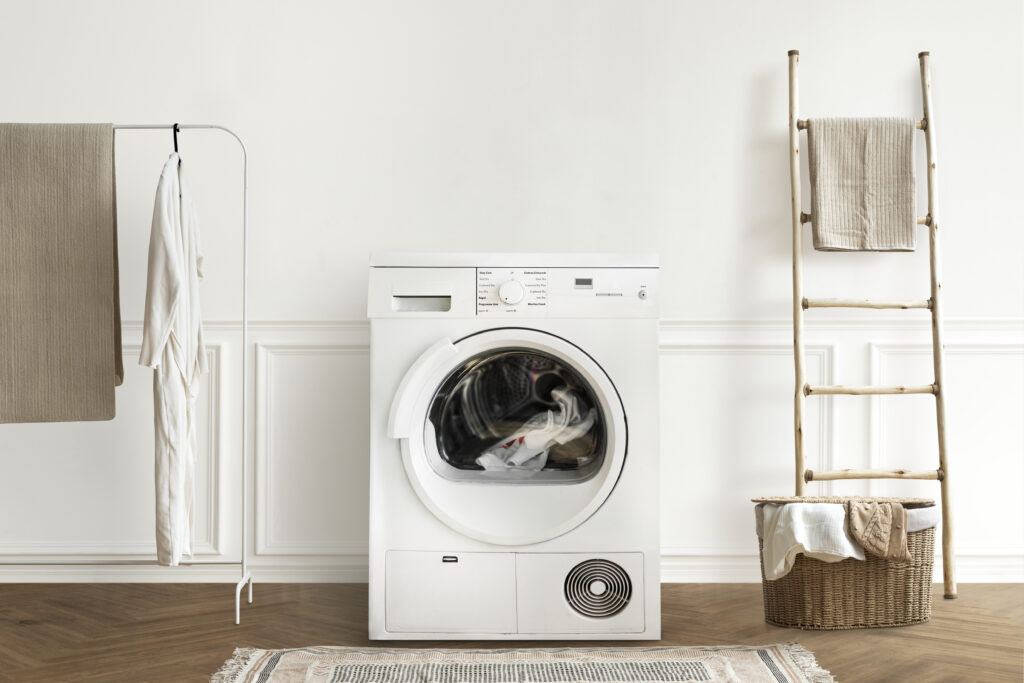
4.The Best Compact Front Load Washer, Whirlpool WFW5605MC
2.5 cubic feet is the capacity.
Front-loading
Measurements: 24″ W x 33.25″ H x 28″ D
Whirlpool’s sleek front-loading washer is small in size but packed with premium features. Small loads can be handled in less than 20 minutes by its Quick Wash cycle.
Why it’s so good:
Certified Energy Star®
Twelve cycles of washing
Suitable for dryers that stack
Ideal for: Compact urban apartments.
5.The Magic Chef MCSTCW16W4 is the most affordable portable washer.
1.6 cubic feet is the capacity.
Type: Portable Top Load
Measurements: 20.7″ W x 36.6″ H x 20.3″ D
The Magic Chef portable washer is reasonably priced, effective, and provides dependable performance along with a respectable capacity.
Qualities:
Six programs for washing
A drum made of stainless steel
Quick-connect faucet kit
Ideal for: Renters, students, and anyone on a limited budget.
6️⃣ The Best Smart Compact Washer is the Samsung WW22B5500AW.
2.2 cubic feet is the capacity.
Front-loading
Measurements: 23.6″ W x 33.5″ H x 25.8″ D
Samsung’s WW22B5500AW is a small device that combines smart technology and strong cleaning capabilities. For notifications and remote control, it connects to Samsung’s SmartThings app.
Highlights:
AI-driven Smart Dial
Option for Super Speed Wash (40 percent faster)
Certified Energy Star®
Ideal for: Apartment dwellers who are tech-savvy.
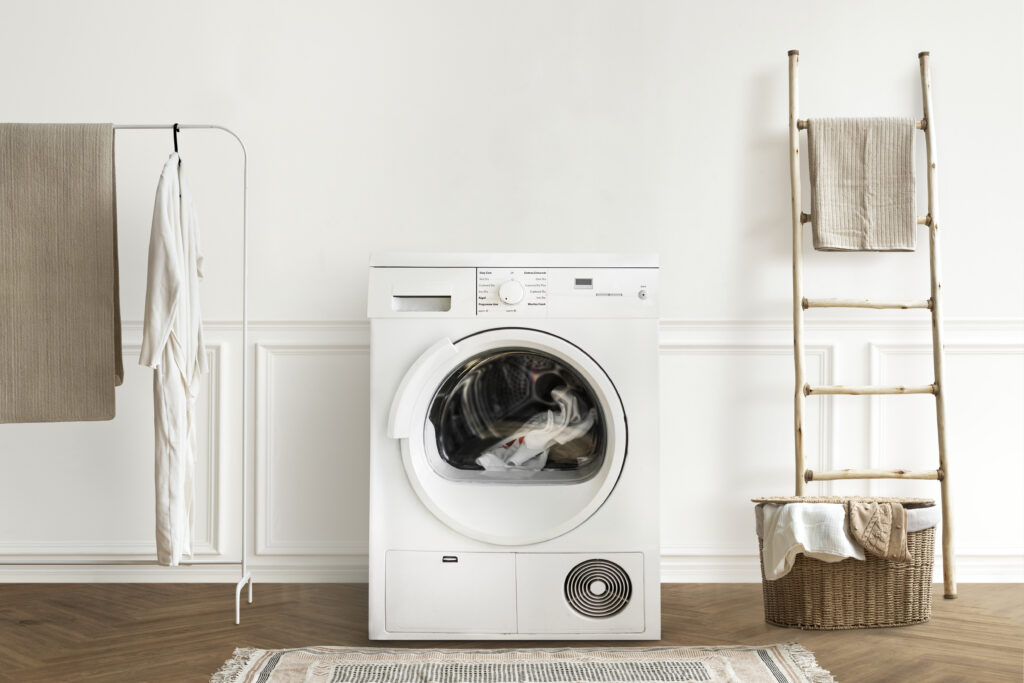
7️⃣ The Greatest Mid-Size Portable Washer, Panda PAN6320W
1.34 cubic feet is the capacity.
Type: Portable Top Load
Measurements: 20″ W x 34″ H x 19.75″ D
With a variety of water levels and wash programs, the Panda washer is a dependable and adaptable portable washer.
Qualities:
Ten programs for washing
Integrated drain pump
Included is a faucet adapter.
Ideal for: Apartments that are small to medium in size.
8.The Best Ventless Combination for Tight Spaces: Equator EZ 4400 N
1.6 cubic feet is the capacity.
Type: Combo Front Load
Measurements: 22″ D x 33.5″ H x 23.5″ W
This small washer-dryer set is ideal for small closets or under counters.
Reasons to think about it:
Drying without a vent
14 wash cycles that can be programmed
Options for child lock and delay start
Ideal for: Compact condos and apartments.
9️⃣ Costway Portable Washing Machine — The Greatest Low-Cost Twin-Tub Choice
13 lbs for the washer and 8 lbs for the spinner
Type: Portable Twin Tub
Measurements: 24.8″ W by 28.5″ H by 15″ D
With separate washing and spinning tubs, the Costway Portable Washer is a good choice if you’re looking for affordability and ease of use.
Qualities:
Separate timers for washing and spinning
lightweight and convenient to store
Permanent installation is not necessary.
Ideal for: Budget shoppers, RVs, and dorm rooms.
10.The Best High-End Compact Washer: Bosch WAT28400UC
2.2 cubic feet is the capacity.
Front-loading
Measurements: 23.5 W x 33.25 H x 24.2 D
German engineering and silent, effective operation are combined in Bosch’s small washer.
Important points to note:
Quicker wash times with SpeedPerfectTM
circular side walls with anti-vibration properties
Energy Star® certified
Ideal for: Durability-seeking homeowners and upscale apartments.
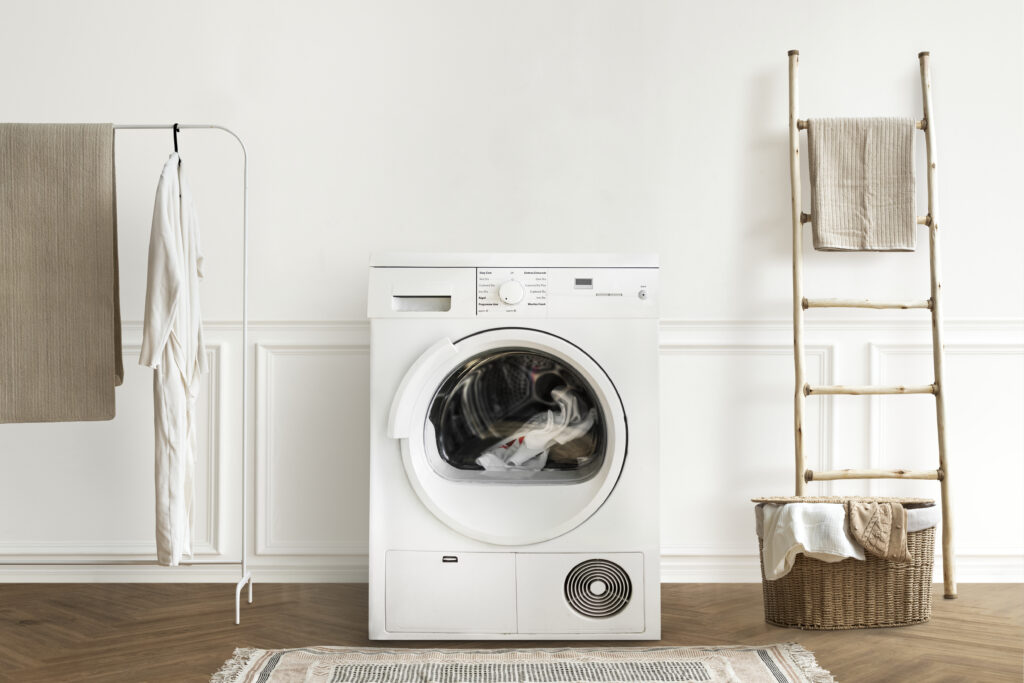
Final Remarks
Consider your laundry routine, the amount of space you have, and your hookup needs when selecting a washing machine for your tiny apartment. All-in-one washer-dryer combos are great for people who want a comprehensive solution in a small space, while portable models are ideal for renters and mobile homes. Compact front-load washers with stackable options are perfect for longer-term installations.
With options to suit every budget and lifestyle, these top 10 picks for 2025 guarantee that even tiny spaces can benefit from big laundry performance.

